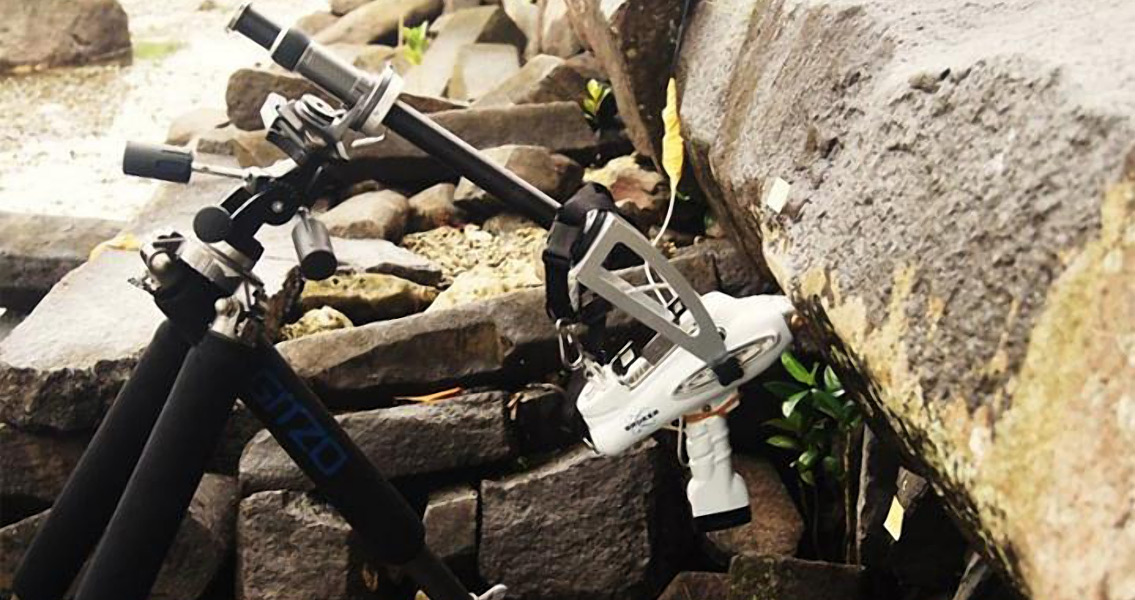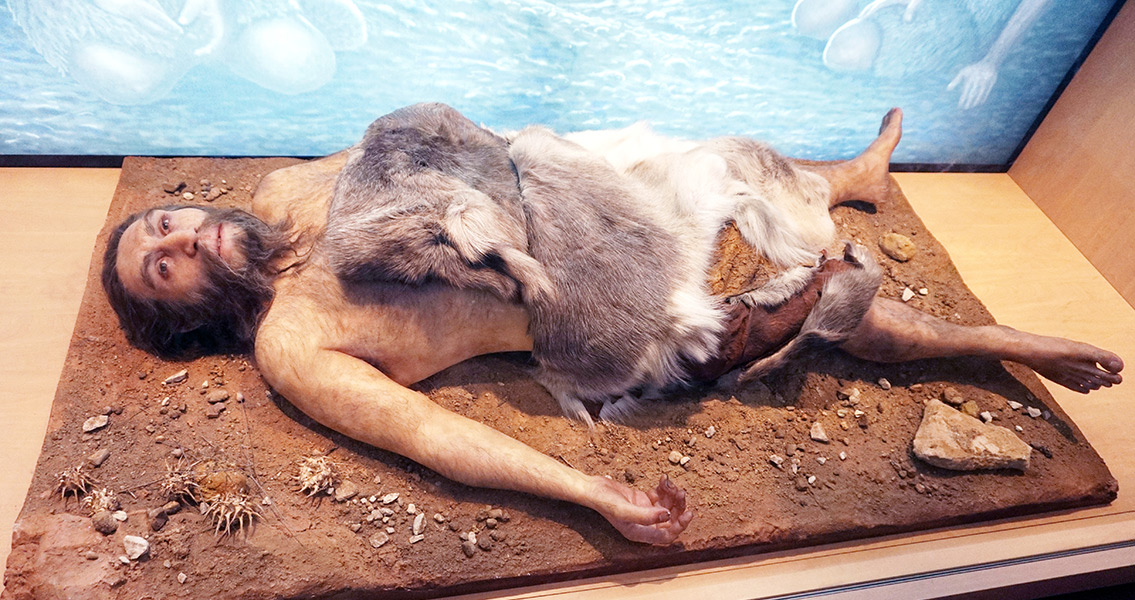Science Daily: “The kind of society that we live in today, it wasn’t born last year, or even 100 years ago. It has its roots in a pre-modern era like Nan Madol where you have a king or chief. These islanders invented a new kind of society — that is a socially creative achievement. The idea of chiefs, someone in charge, is not a new thing, but it’s an extremely important precursor. We know tribes and bands predate chiefdoms and states. But it’s not a straight line. By looking at these intermediate stages we get insight into that social phenomenon.” The research team is the first to use uranium-thorium series dating, a significantly more precise method than radiocarbon dating, to determine the age of the stone structures that comprise the site of Nan Madol. Portable X-ray fluorescence (XRF) geochemically matched the basalt stones to natural sources found on the island. The uranium-thorium technique calculates a date based on characteristics of the radioactive isotope thorium-230 and its radioactive parent, uranium-234. “The thing that makes this case special is Nan Madol happened in isolation, it happened very recently, and we have multiple lines of evidence, including oral histories to support the analysis,” McCoy is quoted as saying in Science Daily, “And because it’s an island we can be much more specific about the natural resources, the population, all the things that are more difficult when people are on a continent and all connected. So we can understand it with a lot more precision.” Previous dating indicated that Nan Madol, a UNESCO World Heritage Site, had been established in 1300 CE. McCoy’s team has narrowed that to a 20-year window over 100 years earlier, between 1180 CE and 1200 CE, which means the dynasty of Saudeleur chiefs who ruled the island society for over 1,000 years was also established earlier than previously believed. Uranium dating shows that by 1180 CE, the huge stones used to construct the tomb were being transported from a volcanic plug located on the opposite side of the island, and that by 1200, the island’s chief was interned there. Pohnpei Island is an inactive volcano (for a million years at least), much larger than neighboring islands at 128 square miles (334 square kilometers). It was originally settled around 1 CE by islanders from the Vanuatu or Solomon island groups. To construct the tomb and other structures, basalt boulders, weighing tons apiece, were moved somehow from quarries on the other side of the island to the lagoon where they remain today. The research has been published in the journal Quaternary Research. Image courtesy of Mark McCoy ]]>







